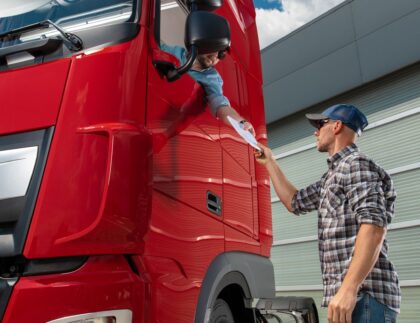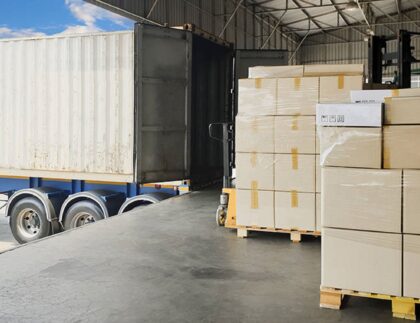
As technology continues to advance in the transportation industry, the debate between autonomous vehicles and human drivers becomes more prominent. While automation promises efficiency and innovation, the trucking industry still heavily relies on human skill, judgment, and experience. Through CDL training human drivers gain expertise that technology has yet to replicate—and may never fully achieve.
Key Limitations of Automation
Despite rapid advancements, autonomous driving systems face several limitations that make them unreliable for widespread use in commercial transportation. One of the primary automatic driver cons is the lack of human intuition. Machines operate strictly on pre-programmed algorithms and sensor data, which can fail in unpredictable or complex driving environments such as construction zones, adverse weather, or emergency maneuvers.
Furthermore, these systems lack emotional intelligence and decision-making flexibility. A human driver can interpret subtle cues—like a pedestrian’s body language or a merging driver’s hesitation—that an automated system simply cannot. This can result in missed opportunities to avoid accidents or adjust to rapidly changing road conditions.
Additionally, the infrastructure required to support fully autonomous freight movement is still under development. Roads, regulations, and vehicle communication systems are not yet fully equipped to handle the complexities of a driverless network. These challenges reinforce the need for capable, trained human operators behind the wheel.
The Indispensable Skills of Human Drivers
Human drivers bring value beyond simple navigation. The benefits of human drivers include adaptability, situational awareness, and critical thinking—traits that are especially vital in the high-responsibility world of trucking. In dynamic environments, these skills can mean the difference between a smooth delivery and a safety incident.
Enrolling in a CDL school real drivers like Smith & Solomon ensures that students not only learn to operate commercial vehicles but also how to respond effectively in real-world driving situations. CDL training manual vs automatic options also provide drivers with a wider skill set, enabling them to work with a variety of fleet types and companies that prefer manual transmission drivers for their versatility and control.
The Road Ahead Belongs to Skilled Drivers
While automation has its place in the future of transportation, it’s clear that trained, responsible humans still lead the way in the trucking industry. CDL training human drivers with real-world experience remain irreplaceable assets on the road. With the right training and ongoing development, human drivers offer unmatched safety, reliability, and performance. Thinking about a career where your skills make a difference? Choose a CDL school real drivers trust, and keep the future of trucking in capable hands—yours.









